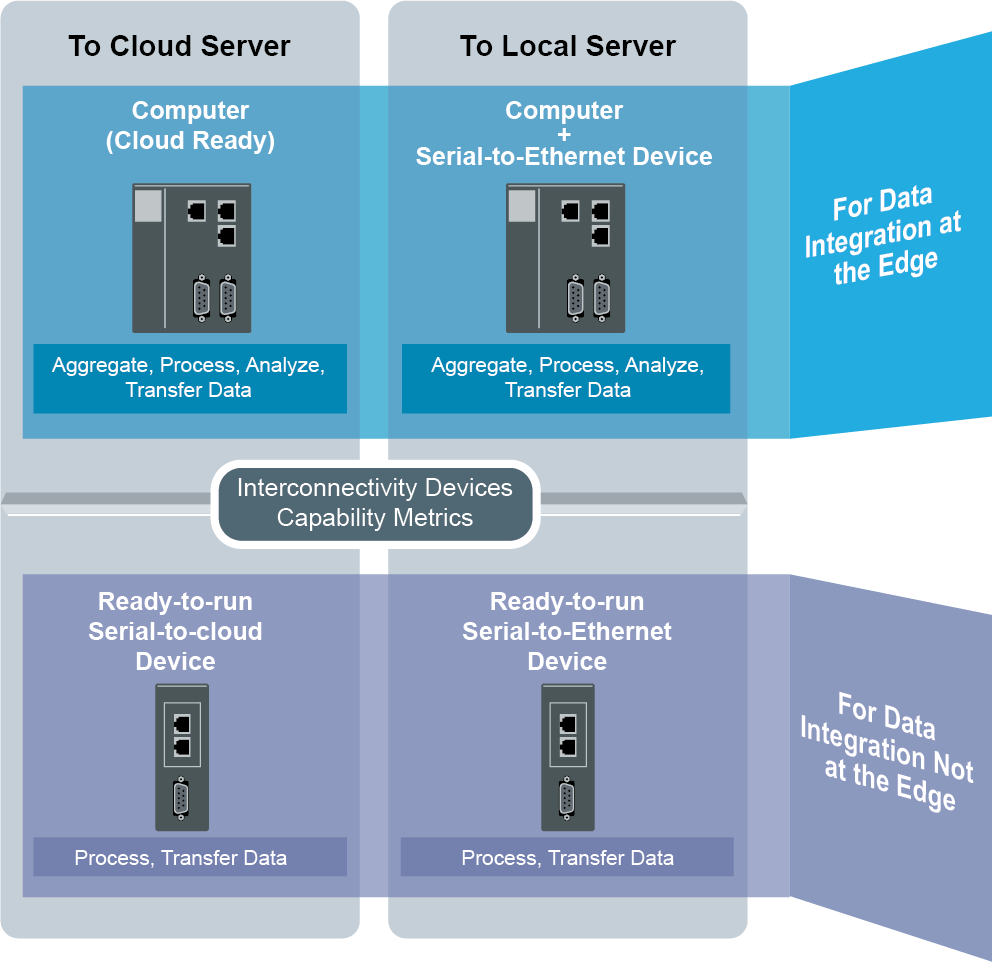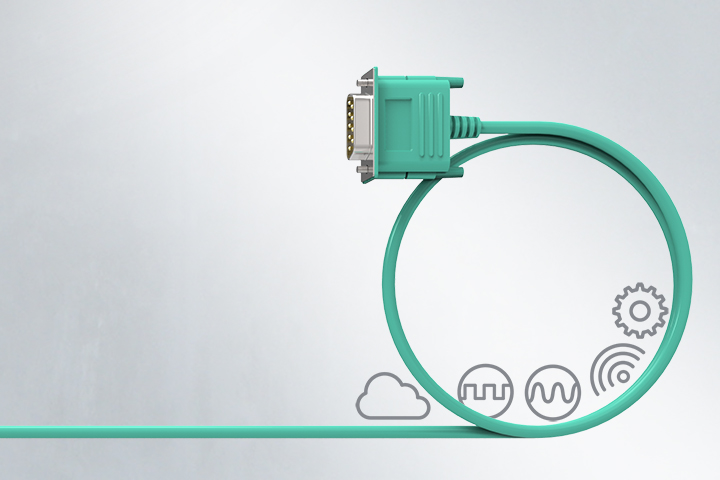The realm of the Industrial Internet of Things (IIoT) has undeniably presented a plethora of opportunities for industries to boost efficiency and productivity, ultimately aiding businesses in garnering fresh business insights and revenue. However, creating an IIoT application that aligns perfectly with your business objectives demands time and dedication. The key determinants for the success of your IIoT application include the nature of data collection requirements, development of an analytics system for deriving business insights, and establishment of connectivity between field devices and systems. This article delves into strategies to effortlessly establish connectivity for your IIoT applications.
Commencing from the Field Devices
It is vital to identify the types of field devices utilized in your industrial setup. Various interfaces and protocols are employed by different categories of field devices, each necessitating distinct interconnectivity mechanisms for data acquisition. Most industrial equipment tends to be serial-based in numerous applications, and this choice is justified by the following advantages:
Simple Deployment
Programming for serial applications is comparatively simpler than working with communication technologies like USB, Ethernet, Bluetooth, or Wi-Fi, which entail intricate software stacks. The learning curve is much gentler for programmers. The contrast in programming effort is stark: a few lines of code versus thousands, or a few days versus a few months for software development.
Cost-efficient
Serial equipment is usually more budget-friendly to integrate than parallel devices in most scenarios. Several ICs come equipped with built-in CPUs featuring serial interfaces, which trims material costs. Additionally, achieving communication goals typically necessitates just three wires. The cost disparity is considerable.
Straightforward Development
Over short distances and in low-speed communication setups, cables are generally less vulnerable to interference, rendering cable material quality and terminator requirements only critical for long-distance communication and multidrop setups. As long as correct pin assignments are ensured, communications function smoothly.
Convenient Maintenance
Troubleshooting communication issues is relatively straightforward if they occur. Most problems can be rectified by addressing issues like wiring errors, serial parameter misconfigurations, or protocol setting errors (e.g., Modbus settings). Rectifying these errors typically resolves communication glitches.
Four Pointers for Facilitating Connectivity for Your Serial Devices
The advantages entwined with serial devices underscore their significance in contemporary networks. Despite the rapid evolution of network technologies, these legacy devices, with their associated perks, will continue to hold a pivotal role in future networks. Therefore, mastering the art of establishing connectivity for your serial devices is crucial for your IIoT application. Herein, we outline four factors to ponder when interconnecting your serial devices, along with practical pointers to simplify connectivity.
Avoid Stumbling Due to Complicated Connectivity
Many conventional serial-based pieces of equipment are used in field locations, possibly featuring diverse interfaces and data formats. Extracting data from all such devices can be intricate without adequate remedies.
Quick Suggestion: Assess the number of serial devices within your network and identify data collection requisites. The typology of your serial devices dictates the necessary devices for linking them to your systems for seamless data collection. Varied methods may be utilized based on distinct communication interfaces and data formats to streamline data collection.
Choosing Between Cloud Integration or On-Premise Solutions
During the development of an IIoT application, a common dilemma is whether to route data to the cloud. The preferred approach varies depending on the specific application scenarios, echoing a similar sentiment for your interconnectivity solutions.
Quick Suggestion: Opt for interconnectivity solutions tailored to your application context. The metrics provided below delineate suggested interconnectivity devices that align with your data integration requirements and the selected backend data server.

The Initial Defense Line for Security
IIoT applications necessitate a substantial array of networking devices for interconnecting all field equipment and gathering data. An effective solution to manage these numerous devices is indispensable; else, managing them could prove challenging from a management standpoint.
Quick Suggestion: Opt for interconnectivity solutions featuring both GUI and CLI management tools. With the demarcation between IT and OT realms blurring in the IIoT epoch, adaptable management tools are imperative to cater to users from both spheres.

Overseeing the Weighty Task of Device Management at Scale
IIoT applications entail a large number of networking devices to link all field equipment and harvest data. A robust solution for managing this extensive device count is indispensable; otherwise, overseeing them could pose a formidable task from a management perspective.
Quick Suggestion: Opt for interconnectivity solutions offering both GUI and CLI management tools. Given the converging boundaries between the IT and OT realms in the IIoT era, flexible management tools are essential to accommodate users from both domains.

Moxa’s Resolute Approach
Moxa boasts over three decades of adeptness in fostering connectivity to deliver dependable network solutions for clients. Delve into the comprehensive Insider Guide to glean further insights and handy counsel on enabling IIoT connectivity. Furthermore, explore our microsite to discover additional details about our straightforward serial-to-Ethernet solutions.
- Not Only for Automobiles: Discovering CANbus Technology in Various Industrial Settings - October 29, 2024
- Boost Your Network Performance: An Exciting Manual to PoE Switches! - September 10, 2024
- Understanding Gigabit Switches: Industrial vs Regular Gigabit - September 4, 2024


